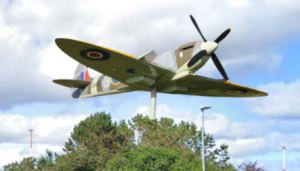Site 12. Sink the Bismarck
Early in May 1941 the Luftwaffe increased its reconnaissance flights over Scapa Flow. This alerted the Royal Navy that a possible breakout into the Atlantic by the Kriegsmarine surface fleet was imminent. On the 18th May the battleship Bismarck and the heavy cruiser Prinz Eugen sailed from Gotenhafen in Poland and headed out into the Baltic Sea. On the 20th the Swedish cruiser HSwMS Gotland spotted the German ships north of Gothenburg and alerted the Royal Navy.
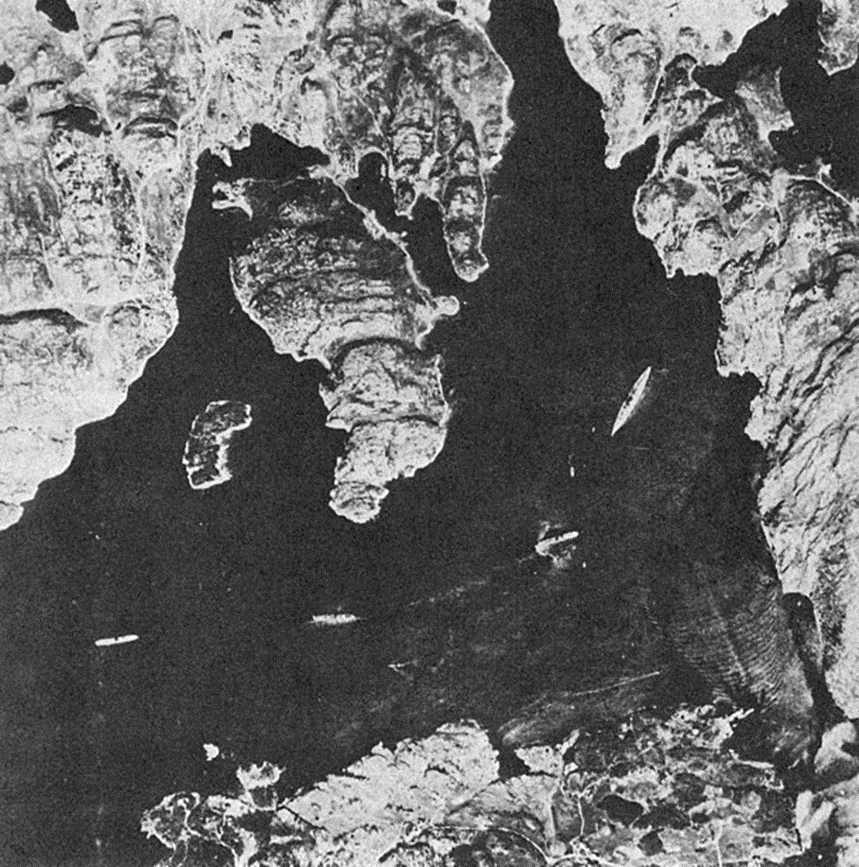
Further confirmation was received from the Norwegian Resistance when the Naval Squadron was spotted off Kristiansand which spurred the Admiralty into action. By the morning of the 21st, two of Wick’s Photo Reconnaissance Spitfires of No.1 PRU Squadron were made ready for a reconnaissance patrol over the Norwegian fjords. At 11:05 Pilot Officer Michael ‘Babe’ Suckling, flying X4496 took off from RAF Wick. He was soon followed at 11:35 by Flying Officer Greenhill DFC flying P9310, with both aircraft heading for Norway.
As X4496 flew over Grimstadfjord near Bergen, Michael Suckling spotted two large warships far below so took some photographs of them. As he taxied his Spitfire up to dispersal after landing back at Wick, he was met by two aircraftmen waiting to remove his aircraft’s cameras. Shoving back the cockpit canopy, Suckling exclaimed “I’ve seen them! Two of them! I think they are cruisers, although one could be a battleship!”.
Coastal Command in Northwood, north London, told Suckling in no uncertain terms they wanted to see the pictures immediately as the Bismarck could sail at any minute. So, despite his long mission he got back into his plane and flew south with the photographs.
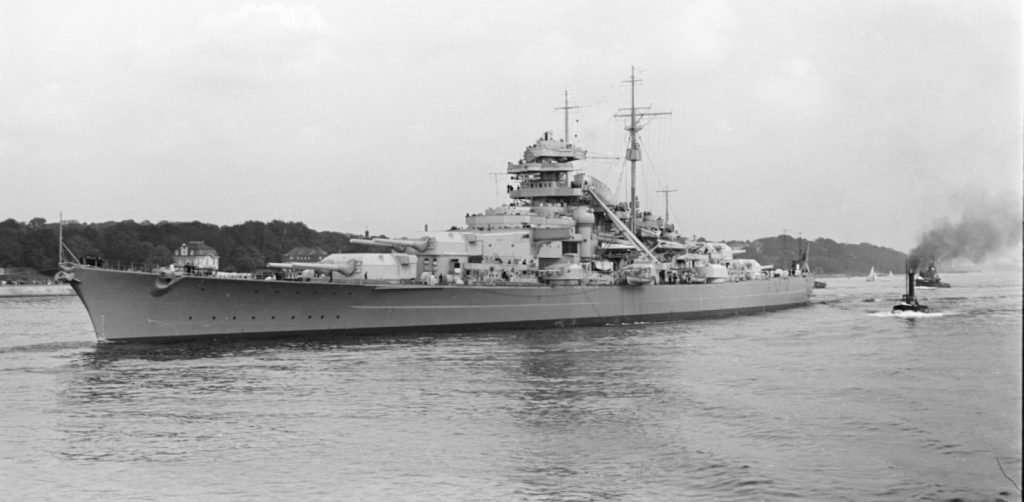
The photographs that Michael Suckling had taken were indeed those of the Bismarck and Prinz Eugen so the following day a raid was hastily launched from RAF Wick in an attempt to sink the Bismarck. This consisted of 64 aircraft that took off three abreast, including a Handley Page Harrow transport aircraft with 250lb bombs inside the rear fuselage and chocked with pieces of wood to stop them rolling about. Had the Harrow crew found the Bismarck they would have attempted to roll them out of the door onto the battleship as they flew overhead!
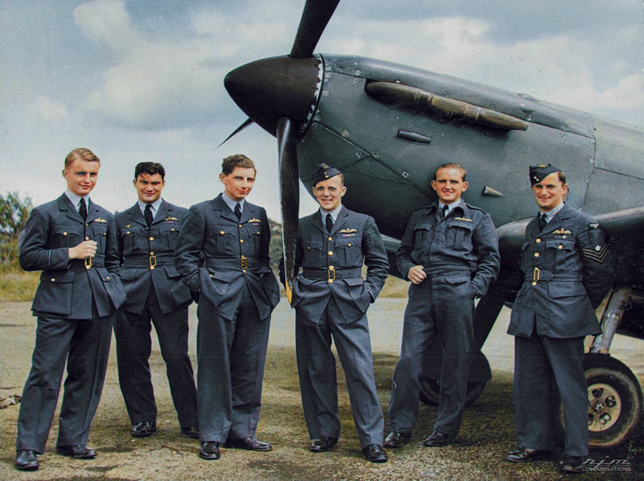
As it turned out the German ships were long gone by the time the strike force arrived. However they were spotted by the Royal Navy in the Denmark Strait on the 24th May. Sighting the two German capital ships on the horizon, HMS Hood and HMS Prince of Wales opened fire at a distance of 15 miles from their targets. The Prince of Wales scored 3 hits on the Bismarck, rupturing her forward fuel tanks, but not before she fired back sinking the pride of the Royal Navy, HMS Hood. She exploded when one of Bismarck’s shells struck the Hood somewhere between her mainmast and “X” turret behind. This detonated the ammunition magazine causing her to sink rapidly with the loss of 1,418 of her crew. There were only three survivors.
HMS Prince of Wales was also badly damaged during the engagement and had to withdraw from the battle, leaving Bismarck and Prinz Eugen to escape. The damage sustained by Bismarck was extensive and she was not only taking on water but also leaking her valuable fuel oil, so she parted company with Prinz Eugen and headed for the French port of Saint-Nazaire for repairs.
Later that evening Fairy Swordfish torpedo bi-planes from the aircraft carrier HMS Ark Royal attacked the Bismarck and scored a hit which caused minor damage to the ship’s armour belt. HMS Norfolk and HMS Suffolk continued to track Bismarck from a distance but they lost contact with her in the early morning of the 25th after she doubled back by almost 270°. On the morning of the 26th, a Coastal Command Catalina flying boat on reconnaissance patrol spotted the Bismarck and radioed her position back to the Admiralty.
Another attack was launched from HMS Ark Royal at dusk on the 26th, and this time the obsolete bi-planes scored a direct hit on the Bismarck’s port side, jamming her rudder and steering gear 12° to port. The Bismarck was now crippled and could only sail in a large circle. Throughout the night the Bismarck was harried by the destroyers HMS Cossack, HMS Sikh, HMS Maori and HMS Zulu, as well as the Polish destroyer ORP Piorun. These destroyers launched repeated torpedo attacks against the battleship but failed to score any hits.
At 08:43 the following morning the battleships HMS King George V and HMS Rodney spotted the Bismarck and opened fire. The sustained fire by the Royal Navy knocked out Bismarck’s four main turrets by 09:31, and HMS Rodney closed in and fired her huge main guns point-blank at the Bismarck. Rodney and King George V were joined by the heavy cruisers HMS Dorsetshire and HMS Norfolk, and between the four ships, they fired 2,800 shells at the Bismarck hitting her 400 times, but still she would not sink.
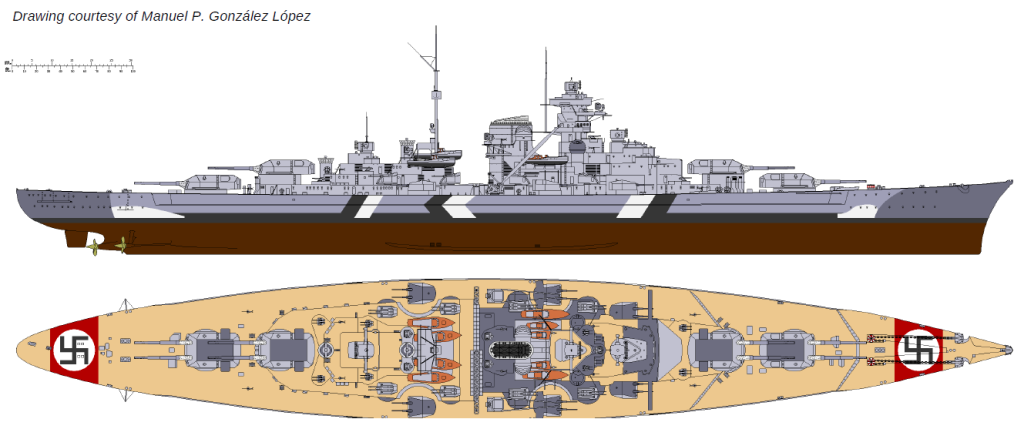
At 10:20 Dorsetshire fired a torpedo into Bismarck’s starboard side and then moved round and fired another torpedo into her port side. This caused the Bismarck to start capsizing and 15 minutes later she finally slipped beneath the waves stern first at 10:40. An estimated 1,280 of the Bismarck’s crew were killed during the engagement or went down with their ship, and a further 916 entered the freezing water. Dorsetshire and Maori picked up 111 survivors but broke off the rescue after a U-boat warning was sounded, leaving around 800 men to perish in the rough waters of the Atlantic Ocean. Three more survivors were picked up the following day by a German U-boat and a further two by a German weather ship.
Winston Churchill ordered the pictures taken by Michael Suckling published as “The Pictures That Sank The Bismarck”, resulting in this reconnaissance mission from Wick going down in history as one of the most famous of World War Two. Pilot Officer Michael Suckling was awarded the DFC and promoted to Flying Officer for this exploit. Sadley he was killed a few months later during another photo reconnaissance mission over the U-Boat Pens at La Rochelle and La Pallice on July 21st 1941 when he was shot down and killed by flak defences.

